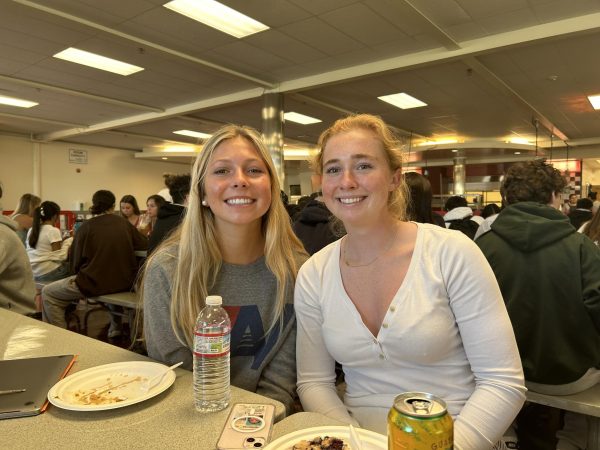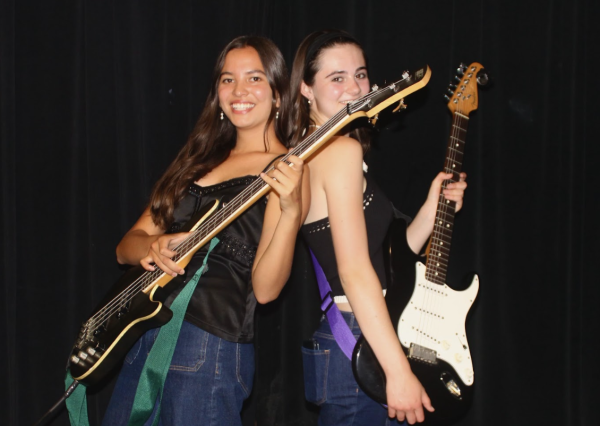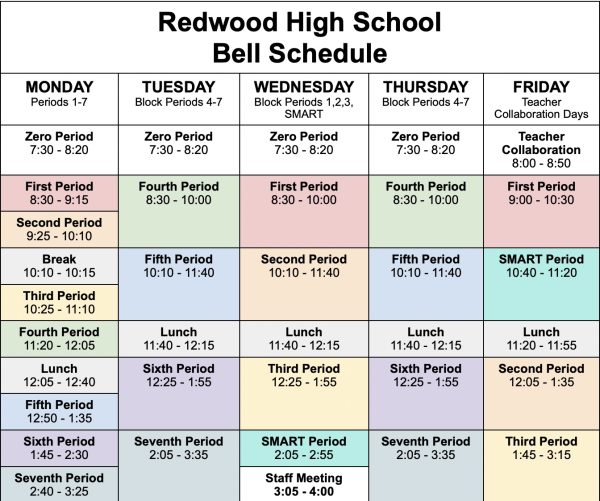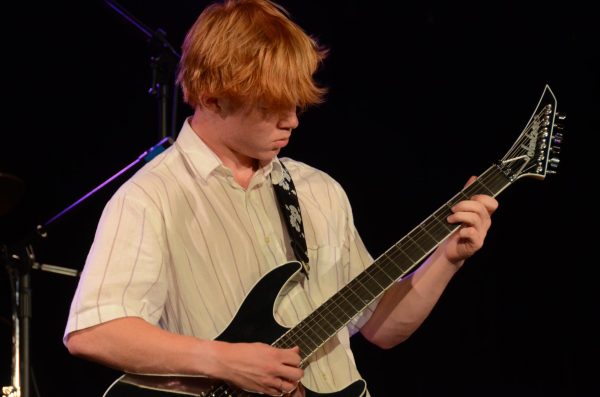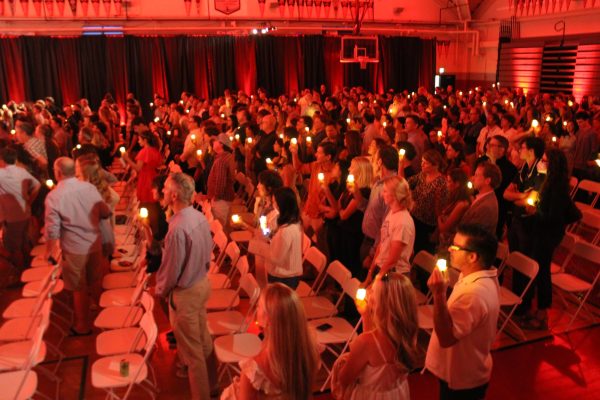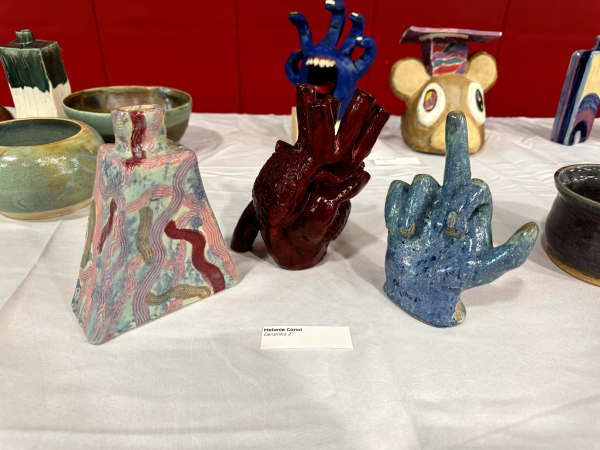‘Quit it Don’t Hit it’ deemed a success by TUPE
April 7, 2023
Tobacco Use Prevention Education (TUPE)’s first “Quit It Don’t Hit It! Turn in your Vape Event” occurred on April 6, was an attempt at combating nicotine addiction at Redwood.
The event offered students an opportunity to turn in their vapes in exchange for “Quit Kits” filled with items to help students deal with their addiction, like gum and a pamphlet filled with information about what to expect after quitting
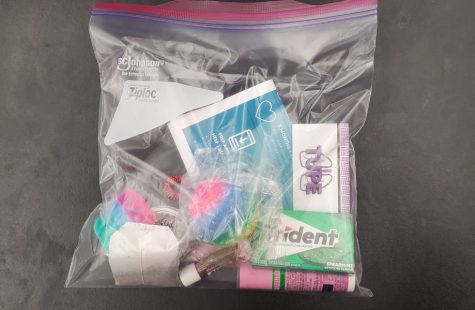
TUPE site coordinator and teacher John Hirsch expressed concerns leading up to the program in terms of how many students were aware that it was occurring.
“We’ve never done anything like this before. It was something that no matter how much we advertise, is hard to find context for in the Redwood population. … We were a little worried about how many people knew about it, but let’s say we get over a dozen submissions and let’s say half those people actually quit. We [would help] six people quit,” Hirsch said, “If we can be of service to our community in that way and make our community a better place, then it will be absolutely worth it. And I think every one of [TUPE’s members] can agree with that.”
By the end of the day, TUPE had collected 15 vaping devices from Redwood’s students. Junior Dakota Ledesma, a member of TUPE, recognized that a singular vape being turned in doesn’t equate to an honest attempt at quitting, but believes that the impact was still there.
“The fact that some people are able to recognize this as an opportunity to take a step towards quitting, even though it may be difficult, is very important. At the end of the day, helping one student is a success,” Ledesma said.
Instead of measuring the impact of the program individually, Hirsch stressed the continuous impact that TUPE has had in the community for youth fighting addiction.
“[When] we present to different schools, we try to give follow up surveys. And those are consistently really positive when it comes to the impact that we have and how people perceive the message that we’re giving. [Having] that data to measure what kind of impact we’re having is really important,” Hirsch said.
Hirsch also referenced the Healthy Kids survey which was given in the spring of 2016, 2018 and 2022, as other evidence of TUPE’s influence on students.
“In spring of 2016 and spring of 2018, compared to Archie and Tam, Redwood had the highest [substance] usage rates by just about every metric. When you look at the 2022 data, we have the lowest by multiple percentage points,” Hirsch said. “[There is no difference in attitude] when it comes to drugs, alcohol and vaping at Archie, Tam and Redwood. The only difference is at Redwood we have TUPE.”
When it comes to supporting those struggling with addiction, Hirsch says the most important action we can take is keeping the conversation going.
“One of the worst things we can do is make people who are either experimenting or using a vape feel that they are bad people for doing it or that they are going to be judged. The flip side is important too, which is making sure that we’re educating everyone about the real health effects and making sure that it’s not social media or vape companies advertisements that are ruling the discussion or perception as they did for the first few years,” Hirsch said.
Hirsch encourages students to have conversations that are rooted in evidence but also in compassion, keeping people’s health at the center of the discussion as well. He also emphasized that with addiction, the problem is the substance, not the individual, which is the approach that TUPE takes through its education program.
While TUPE plans on holding future events similar to the Quit it Don’t Hit It program to urge students to get support for nicotine addiction, Ledesma says that the desire to quit must come from the individual directly.
“Although this event reaches the entire audience of our school, it’s really only going to reach the people that are interested in making a change in their lives. At the end of the day it’s [that individual’s] choice,” Ledesma said. “We are just here to educate and [offer alternatives].”








